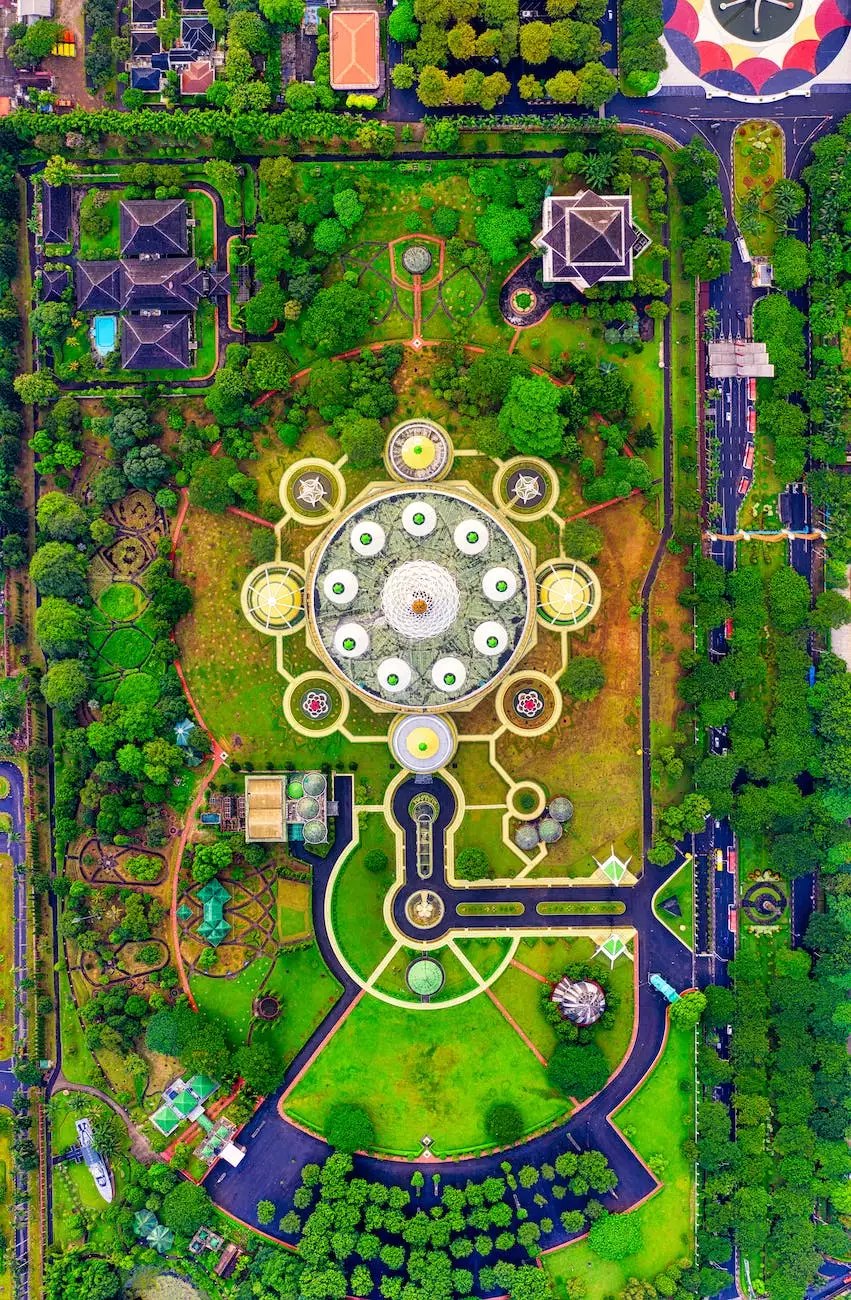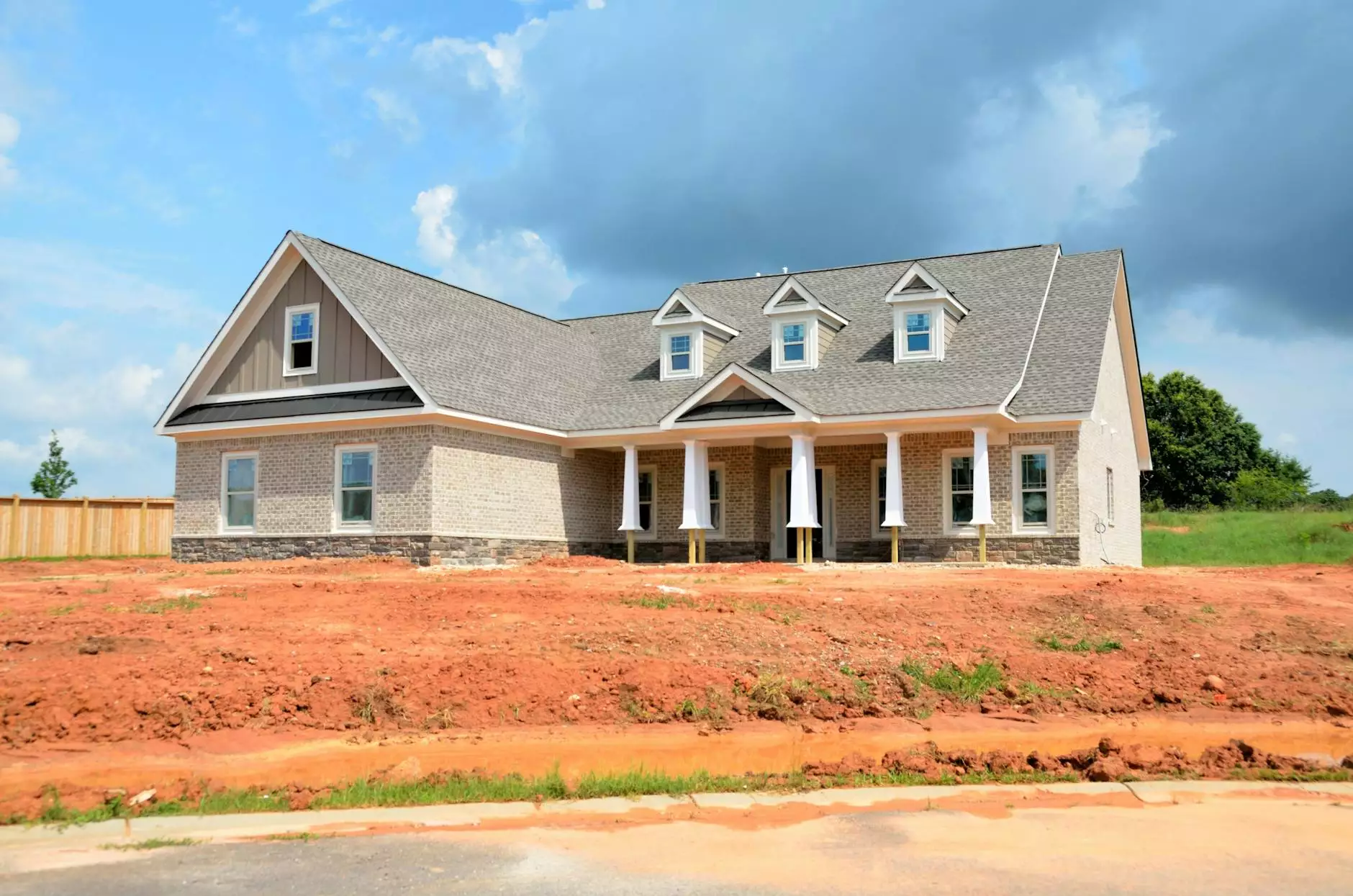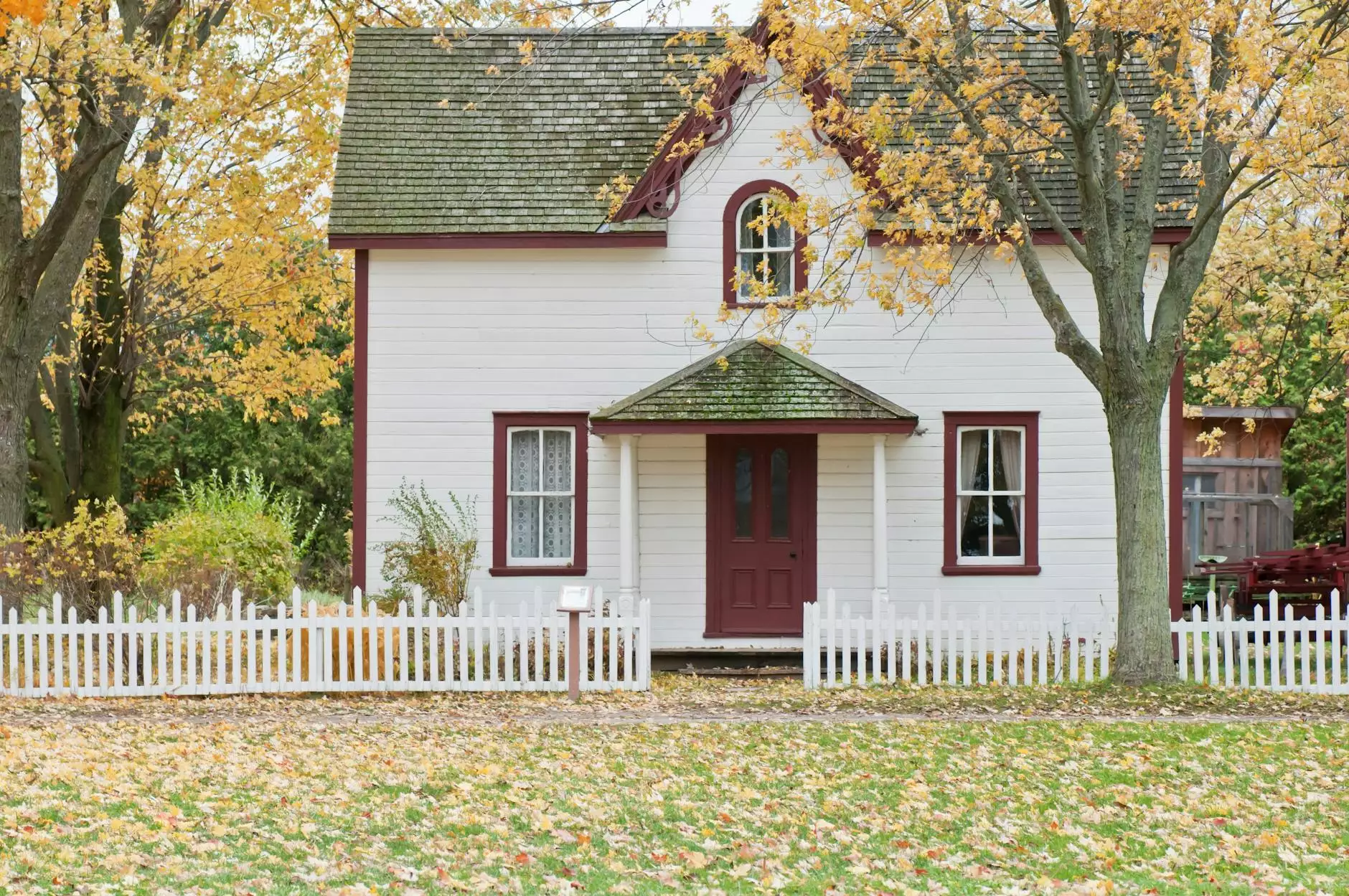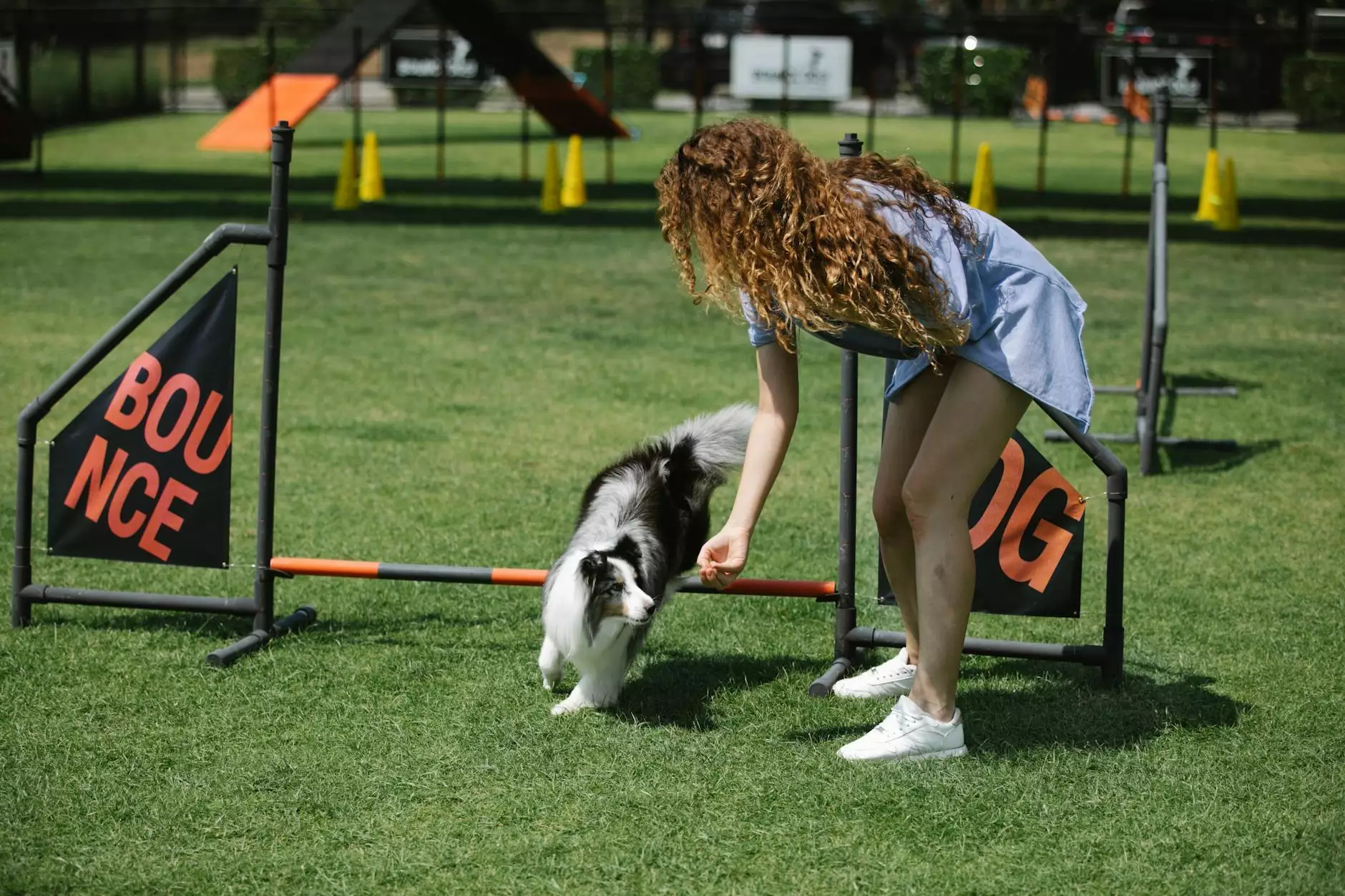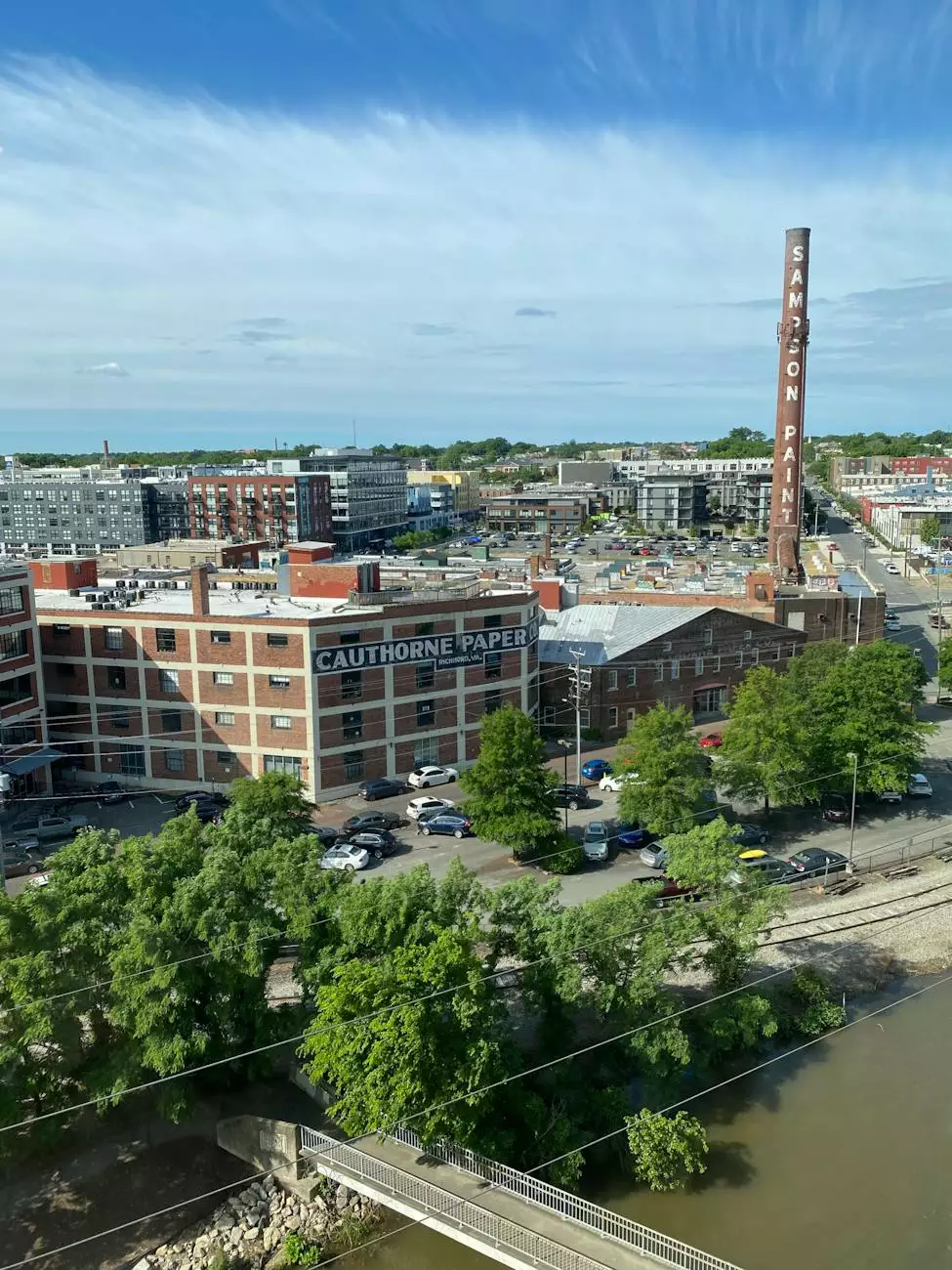The Key Principles of Good Landscape Design

Introduction
Welcome to Metate Industrial Supply, your trusted partner in creating beautiful and functional outdoor spaces. In this article, we will delve into the key principles of good landscape design and equip you with the knowledge to transform your outdoor area into a stunning oasis.
1. Balance and Harmony
Balance and harmony are essential aspects of a well-designed landscape. Achieving balance involves distributing visual weight evenly throughout the space, whether it's through the use of plants, hardscapes, or other elements. By creating a harmonious balance, you can ensure that no single feature or area dominates the landscape, resulting in a visually pleasing and cohesive design.
2. Unity and Cohesion
Unity is the concept of creating a sense of cohesion and harmony by using consistent elements throughout the landscape. This can be achieved through repetition of colors, textures, or materials. By maintaining unity, you can tie together different areas of your outdoor space, creating a seamless and inviting environment.
3. Proportion and Scale
Proportion and scale are crucial considerations in landscape design, as they determine how elements will interact with each other and the overall space. It's important to choose plants and features that are proportionate to the size of your yard or garden. By carefully considering proportion and scale, you can create a visually balanced and well-proportioned landscape that feels both natural and inviting.
4. Focal Points
Creating focal points within your landscape adds interest and draws attention to specific areas or features. Whether it's a spectacular tree, a water feature, or a beautifully designed seating area, focal points create visual anchors that help guide the eye and create a sense of purpose in your outdoor space.
5. Functionality and Usability
A well-designed landscape should not only be visually appealing but also functional and usable. Consider how you plan to use your outdoor space and design accordingly. Whether it's creating designated areas for entertaining, relaxing, or gardening, ensuring functionality and usability will enhance your overall enjoyment of the landscape.
6. Sustainability and Environmental Considerations
Embracing sustainable practices in landscape design is not only beneficial for the environment but also for the longevity and maintenance of your outdoor space. Consider using native plants, incorporating efficient irrigation systems, and utilizing eco-friendly materials to minimize water consumption and promote biodiversity. By integrating sustainability into your design, you can create a landscape that is both beautiful and environmentally responsible.
7. Seasonality and Color
Embrace the ever-changing seasons by incorporating plants and design elements that provide year-round color and interest. Select a variety of plants that bloom at different times, ensuring that your landscape remains vibrant and captivating throughout the year. By considering seasonality and incorporating color, you can create a dynamic and visually appealing outdoor space.
Conclusion
In conclusion, the key principles of good landscape design, including balance and harmony, unity and cohesion, proportion and scale, focal points, functionality and usability, sustainability and environmental considerations, and seasonality and color, are essential in creating a stunning and well-designed outdoor space. With the expertise and guidance of Metate Industrial Supply, you can bring these principles to life and transform your landscape into a place of beauty and enjoyment. Contact us today and let our team of experts help you achieve your landscape design goals.



